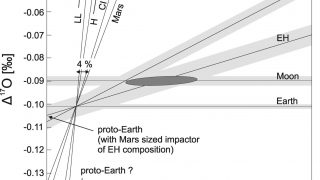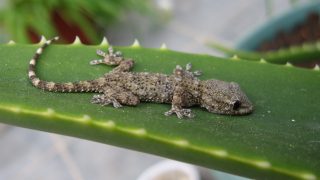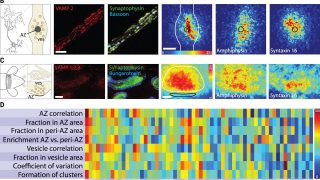
Grasshopper mouse mighty powers against evil bark scorpion: a molecular tale
Biochemistry • Biomedicine • Molecular biology • Neurobiology
Natural selection has been sculpturing living organisms for millions of years, enabling them to get adapted to an ever-changing environment. Gradually, certain traits are selected over others based on the advantage they confer to the population. Natural selection is not a random process and it relies on genetic variation. Random mutations serve as the substrate […]








